Spending $75 million on R&D in the first half of 2021, where does Vingroup stand compared to the global electric car giants?
- Tram Ho
Vingroup Corporation (VIC) spent about 1,732 billion VND (nearly 76 million USD) on research and development activities in the first 6 months of the year, this figure is 6.5 times higher than the same period last year.
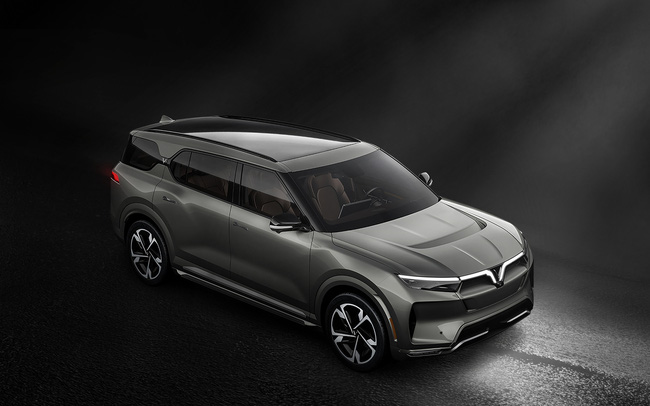
The increase in R&D costs can be understood largely from the VinFast project, when the Vietnamese car manufacturer is promoting the launch of electric/hybrid car models with the goal of selling globally from 2022. of billionaire Pham Nhat Vuong is to turn VinFast cars into direct competition with gasoline cars, along with the trend of developing electric vehicles globally to limit emissions.
In the first half of the year, Vingroup recorded a revenue of VND 9,334 billion from industrial production, which mainly came from the VinFast project. R&D expenses as a percentage of sales are approximately 21%.
R&D costs are one of the most important metrics for global automakers, especially in the electric vehicle sector. It partly reflects the technological race towards smarter, more environmentally friendly vehicles and is the must-have trend of the future.
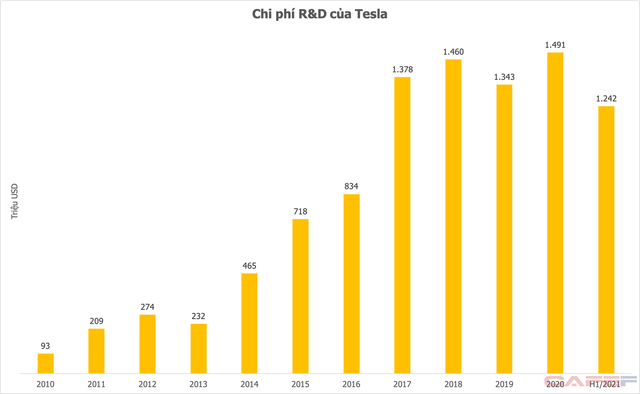
Tesla, the world’s leading electric vehicle manufacturer, leads the way in R&D spending. Last year, billionaire Elon Musk’s company spent nearly $1.5 billion on this activity. Research and development costs for Tesla vehicles are at a high for the fourth year in a row and are expected to rise even more this year. In the first half of the year, Tesla continued to spend $ 1.24 billion on R&D.
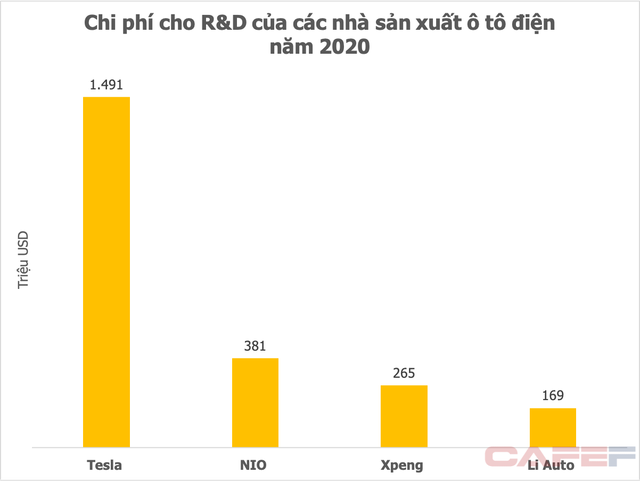
Tesla outperforms other electric vehicle developers, with Lucid Motor last year spending $511 million on R&D, coming in at second. NIO spent 381 million USD; Xpeng $ 265 million and Li Auto $ 169 million.
In which, electronic vehicle manufacturers NIO, Xpeng and Li Auto are all Chinese enterprises with a young age of less than 5 years. They are not afraid to spend hundreds of millions of dollars in recent years to create cars that are good in both hardware and software. Currently, all three businesses are listed on the US stock market.
On the scale, billionaire Elon Musk’s company is much larger in scale than Chinese manufacturers. Tesla’s market capitalization currently stands at $ 737 billion, while NIO $ 64 billion, Xpeng $ 36 billion and Li Auto $ 32 billion. The US company itself also has a longer development time and has started to promote R&D investment 10 years ago.
The data shows that, in the early years, the ratio of R&D expenses to sales of Chinese companies is high, from 80 to 100%. This is understandable when the revenue was still low at that time, and the level of research and development investment was strong.
In 2020, this ratio becomes more balanced. At Tesla, R&D Cost/Revenue 4.7%, NIO 15.3%, Xpeng 29.5% and Li Auto 11.6%. Vietnam’s Vingroup (automotive segment alone) is 21% as mentioned.
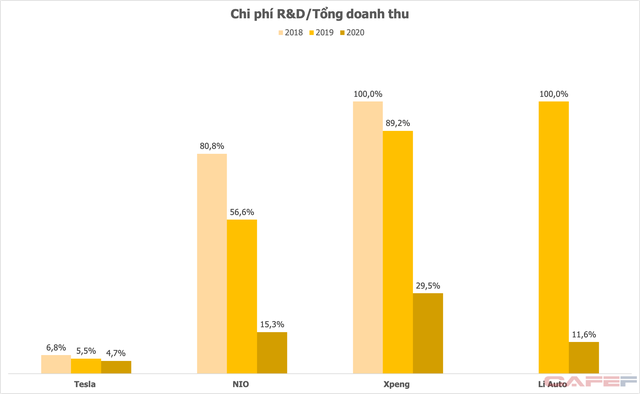
According to another indicator, R&D costs over total operating costs of the world’s leading electric vehicle developers range from 30 to 50%. More specifically, at Tesla this rate is 32.2%, NIO 38.4%, Xpeng 37.1% and Li Auto 49.6%.
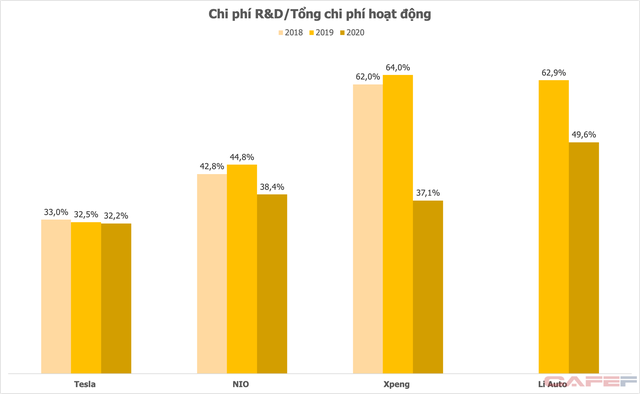
However, on a large scale in the automotive industry, the R&D costs of the electric car segment are still far from that of the world’s leading auto groups.
Leading in R&D spending is Volkswagen, with $16.5 billion in 2020, or about 7.6% of sales. Daimler spent 10.21 billion USD, 5.6% of revenue; Toyota spent $9.87 billion, 3.8% of revenue; Ford spends $7.1 billion, 5.58% of sales.
The world’s leading automakers are currently focusing on one issue: developing clean technology for cars, making vehicles smarter and safer. More specifically, research towards electric vehicle technology, automotive automation, application of artificial intelligence to user experience, and investments in battery technology have also been promoted.
Source : Genk
